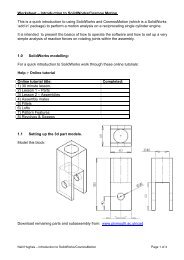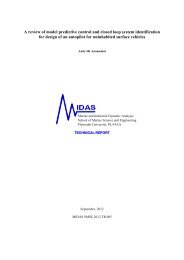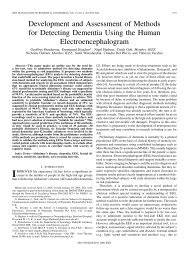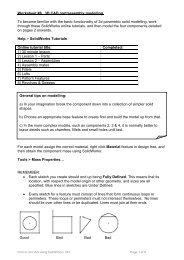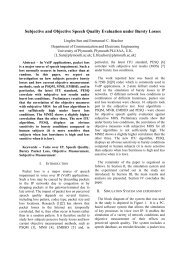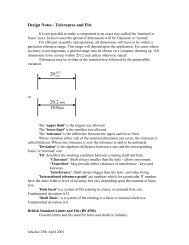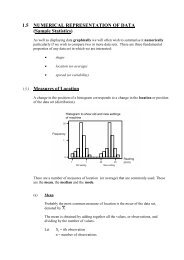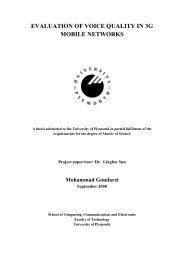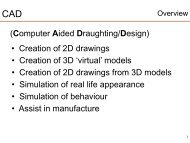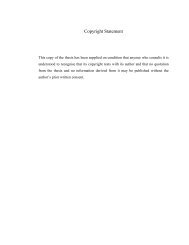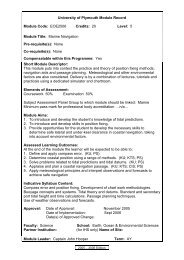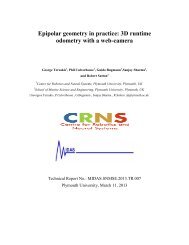Designing an Anaphora Resolution Algorithm for Route Instructions
Designing an Anaphora Resolution Algorithm for Route Instructions
Designing an Anaphora Resolution Algorithm for Route Instructions
Create successful ePaper yourself
Turn your PDF publications into a flip-book with our unique Google optimized e-Paper software.
in the following example refers to two different roads, since the second road is<br />
specified by a prepositional phrase. Moreover, due to inference processes we know<br />
that after ‘following one road’, you ‘take <strong>an</strong>other one’.<br />
1) follow on the road<br />
<strong>an</strong>d then take the road on your right<br />
But the following example shows that different linguistic input might refer to the<br />
same entity.<br />
2) take the second road on your right<br />
<strong>an</strong>d follow it until you reach the museum<br />
Thus, in order to resolve <strong>an</strong>aphors occurring in route instructions, inference methods<br />
are needed. But let us first look what is me<strong>an</strong>t by <strong>an</strong>aphoric reference in general.<br />
2.2 Discourse <strong>an</strong>d Anaphoric Reference<br />
Be<strong>for</strong>e focussing on <strong>an</strong>aphora resolution, I should like to elucidate some theoretical<br />
concepts <strong>an</strong>d definitions. Any kind of communication introduces in<strong>for</strong>mation about<br />
objects, situations, events, facts etc. into the addressee’s mental model (discourse<br />
model). It is part of the context that particip<strong>an</strong>ts use in underst<strong>an</strong>ding the me<strong>an</strong>ing of<br />
a text. The discourse model contains representations of the entities that have been<br />
referred to in the ongoing discourse (discourse entities or discourse referents) <strong>an</strong>d it<br />
also stores attributes of the discourse entities <strong>an</strong>d in<strong>for</strong>mation about the relationships<br />
in which the entities participate. The me<strong>an</strong>ing of a term may depend on the previous<br />
discourse <strong>an</strong>d it may also be affected by the spatio-temporal context which the<br />
discourse particip<strong>an</strong>ts share <strong>an</strong>d of which they are mutually aware. Reference to <strong>an</strong>y<br />
entity that has been previously introduced into the discourse is called <strong>an</strong>aphora.<br />
<strong>Anaphora</strong> resolution is defined as a two-phase process: firstly constructing a<br />
discourse model which stores <strong>an</strong>y kind of in<strong>for</strong>mation from the ongoing discourse;<br />
i.e. identifying what is available in a text <strong>for</strong> <strong>an</strong>aphoric reference; <strong>an</strong>d secondly<br />
merging the <strong>an</strong>aphor with its referent, i.e. constraining the set of accessible c<strong>an</strong>didates<br />
so that only one choice <strong>for</strong> the given <strong>an</strong>aphor is left. Most of the existing <strong>an</strong>aphora<br />
resolution algorithms only generate discourse entities <strong>for</strong> the referents of noun<br />
phrases. However, discourse entities represent <strong>an</strong>y kind of participation of a particular<br />
8



